We may earn money or products from the companies mentioned in this post. This means if you click on the link and purchase the item, I will receive a small commission at no extra cost to you ... you're just helping re-supply our family's travel fund.
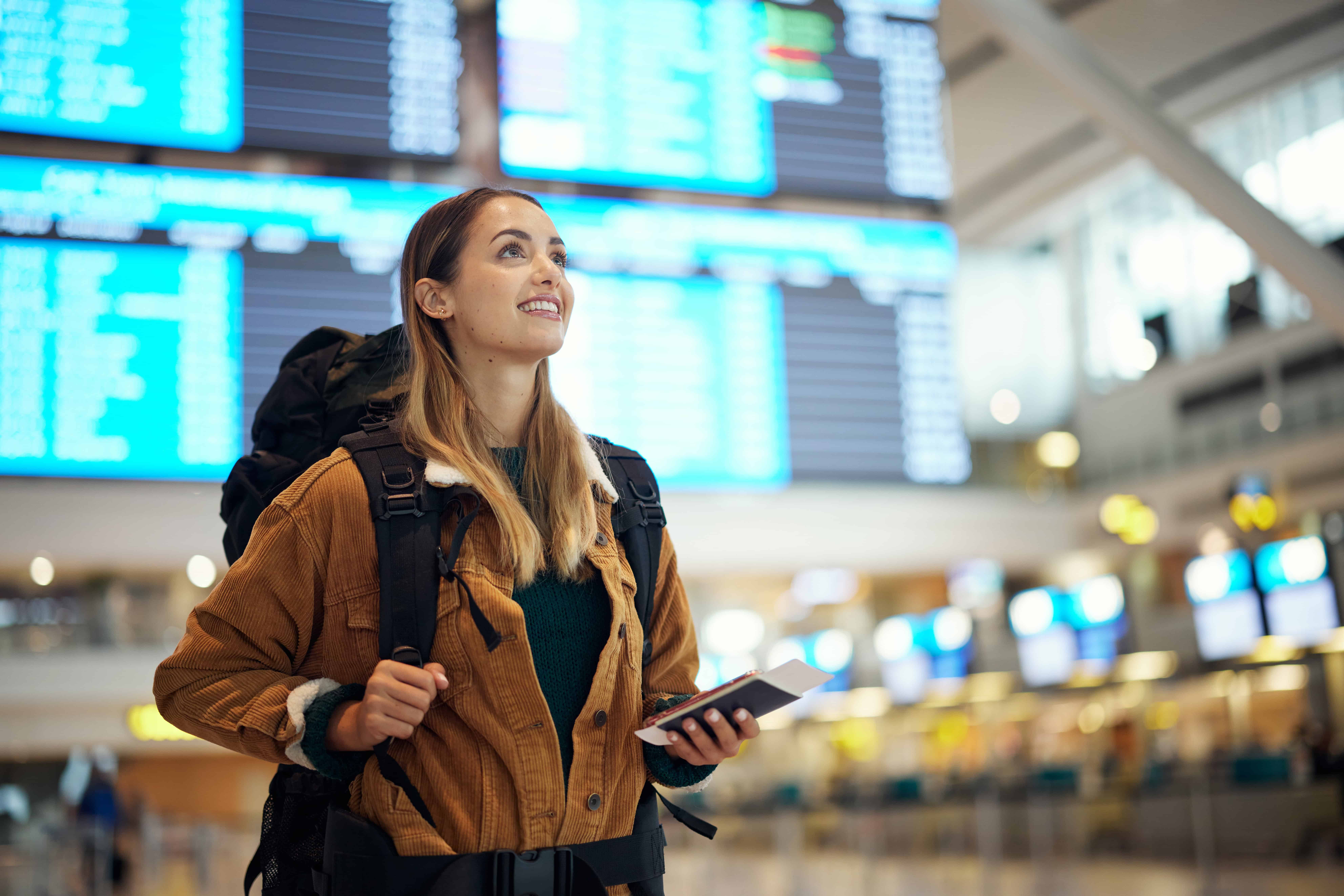
Seasoned travelers move through airports with a kind of quiet ease. Their bags look smaller, boarding seems less frantic, and connections feel less like a gamble. That calm rarely comes from luck. It comes from habits, little systems, and a willingness to prep once and benefit on every trip. Some of these tricks save money, others save sleep, but all of them shrink friction. The routes stay busy, the cabins stay full, and the journey becomes a lot more manageable.
Booking The Flight For The Aircraft, Not Just The Time
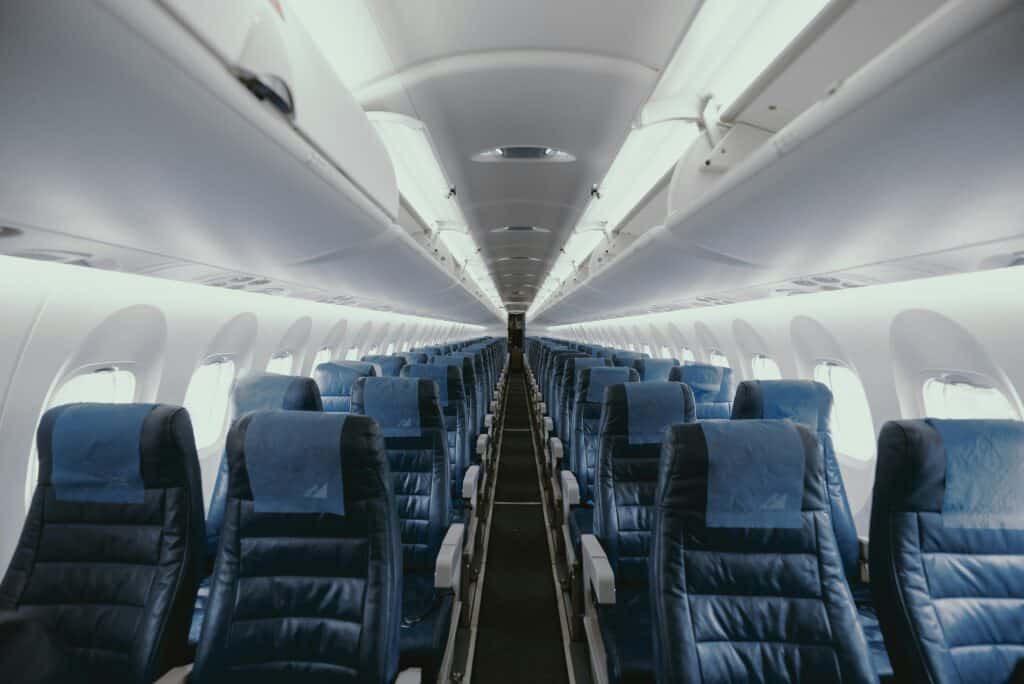
Frequent flyers often start with the plane, then pick the schedule. A newer aircraft can mean better air quality, quieter cabins, and more stable Wi-Fi. Routes that use widebodies on domestic legs quietly offer roomier seats and smoother rides. A quick check of the equipment code and seat map reveals which options hide better layouts. The time on the clock matters, but the hours in the air feel very different when the cabin works in a traveler’s favor.
Anchoring Trips Around A Single Loyalty Program
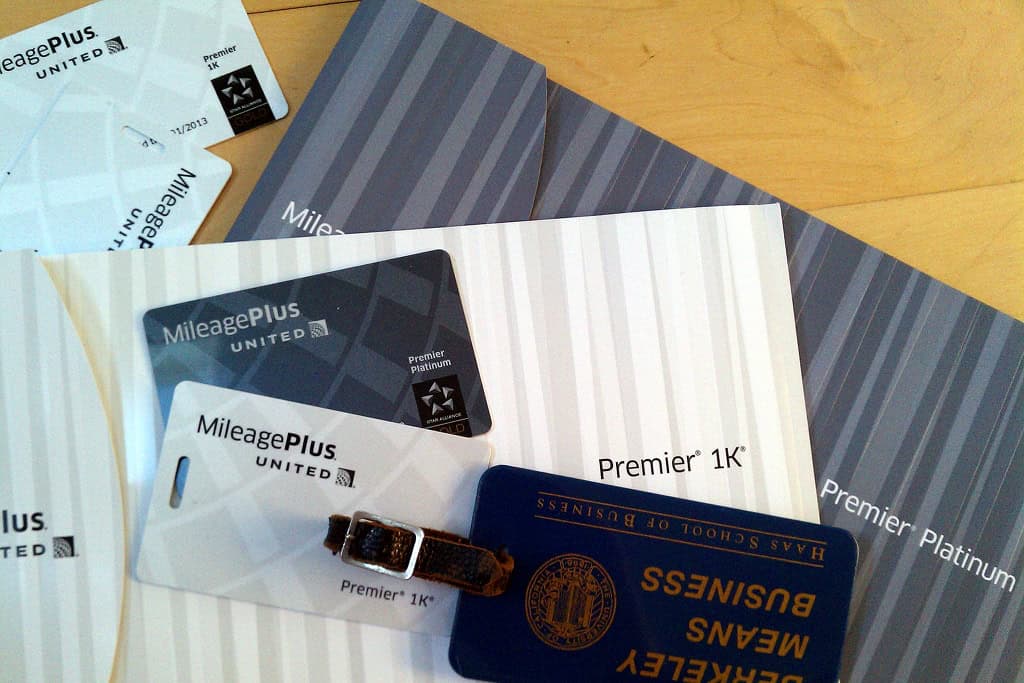
Instead of chasing the cheapest ticket every time, frequent travelers often anchor most trips to one airline family. Miles, lounge access, and soft perks accumulate faster when flights stay inside a single alliance. Priority boarding protects overhead space, and status unlocks same-day changes that rescue tight schedules. The cash price may be slightly higher on a few bookings, but the compound return shows up later as upgrades, fee waivers, and smoother treatment when plans crumble at the gate.
Treating The Airport Like A Timeline, Not A Place
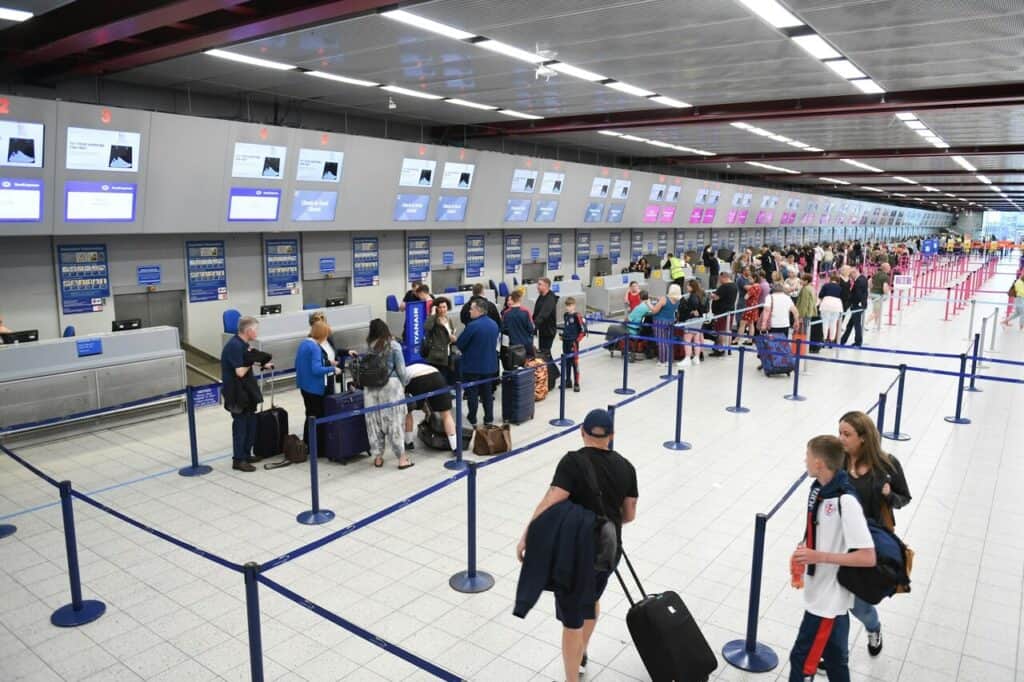
Experienced flyers mentally map each airport as a sequence of checkpoints rather than a static building. Check in, security, food, restroom, and gate each have a realistic time box attached. That view turns vague stress into simple math. If a line runs longer than expected, the next step gets adjusted instead of ignored. The focus shifts from killing time to pacing the process. By the time boarding starts, nerves are steadier because the day never drifted into guesswork.
Packing A Tiny “In-Flight Survival Kit”

Many frequent flyers keep a small pouch that never leaves the carry-on. It holds noise-canceling earbuds or plugs, an eye mask, lip balm, a pen, a phone cable, and a light snack. The kit lives in the same pocket on every trip, so there is no rummaging at row height while the aisle fills. Once seated, comfort takes two motions instead of 20. Turbulence, late meals, or long delays become easier to ride out when basics sit within reach.
Choosing Seats With The Exit Path In Mind
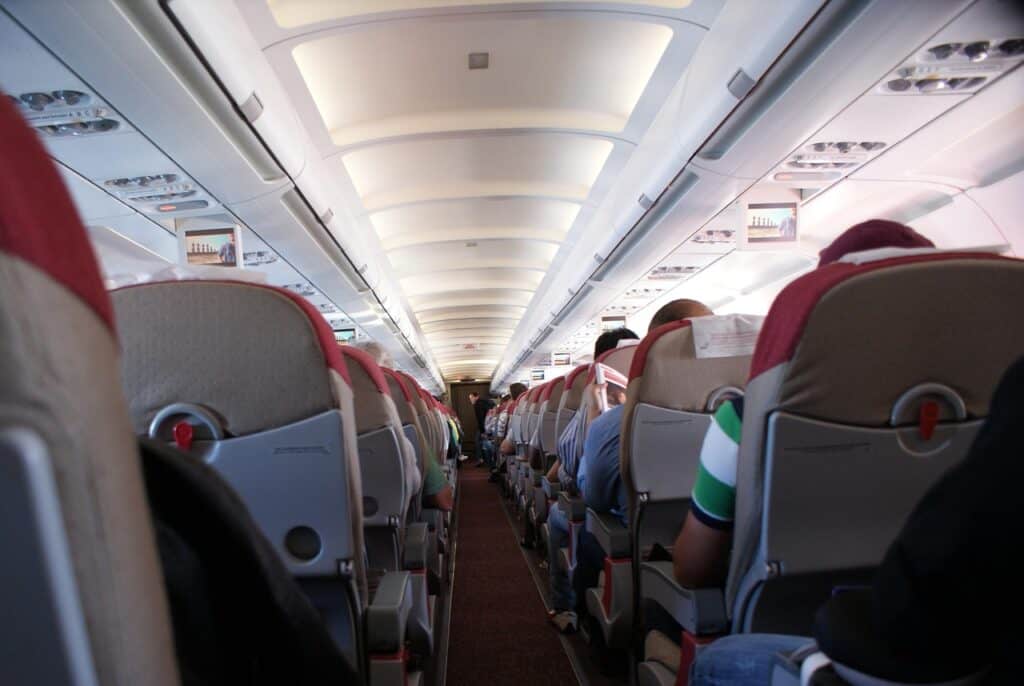
Seat choice is less about a window view and more about exit strategy. Travelers who move a lot for work often favor seats a few rows behind the wings or just ahead of a mid-cabin galley. Those spots balance relative quiet with quicker deplaning, especially on single-aisle jets. Avoiding the last few rows reduces the odds of being trapped behind slow aisle clearing. Over a year of trips, those saved minutes add up to missed traffic jams and intact connections.
Eating On The Ground, Not On The Plane

Frequent flyers treat airport meals as fuel and strategy, not entertainment. A simple, balanced meal before boarding stabilizes energy and reduces the temptation to overdo salty, heavy options at altitude. Grabbing water after security and refilling at fountains keeps hydration steady. Once on board, smaller snacks and lighter choices keep stomachs calmer through pressure changes. The reward is less post-flight fog and fewer late-night room raids on hotel vending machines after long arrival days.
Carrying One Versatile Layer And A Pair Of Socks
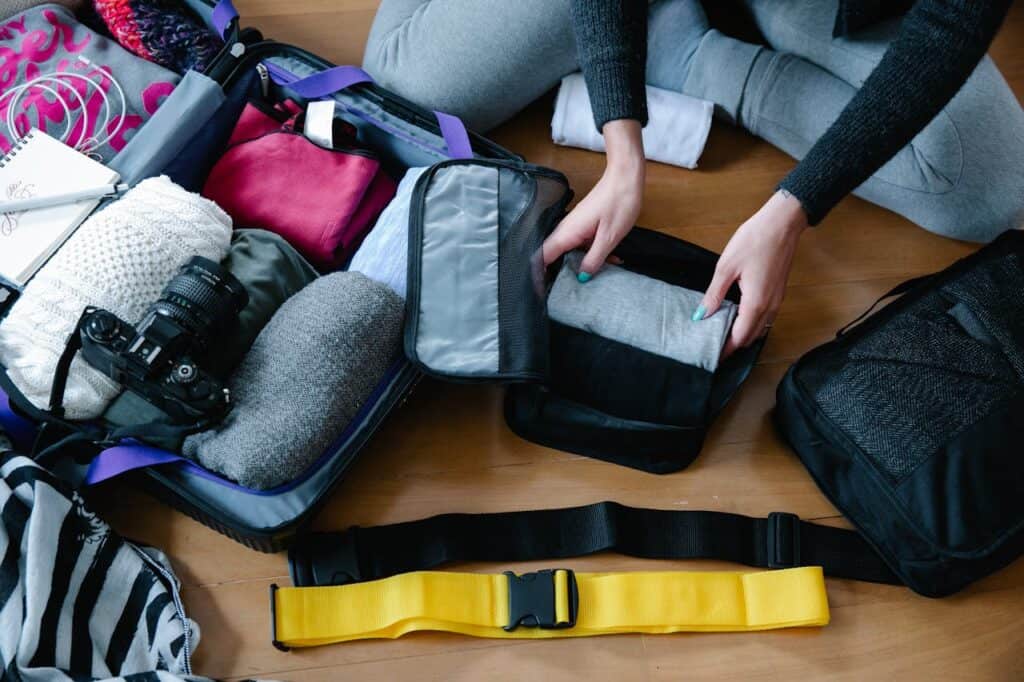
Cabins rarely match the forecast. Veterans solve this with one soft layer and an extra pair of socks that live in the personal item. A light merino or cotton sweater, plus clean socks, covers cold air vents, overachieving air-conditioning, or an unexpected overnight. Bulky jackets stay overhead or in checked bags while comfort sits at hand. That small bundle often matters more than elaborate travel outfits, especially when a connection involves a chilly jet bridge or bus transfer.
Using Long Layovers As Productive Breaks

Instead of fearing a long layover, frequent travelers design around it. A 3-hour window can host a shower, a real meal, and a quiet work session in a lounge or calm corner. Laptop batteries and phone charges reset, and legs get a walk that beats pacing near the gate. Delays hurt less when the schedule already included downtime. The onward flight then feels like the second act of a planned day rather than an endless extension of the first.
Pre-Setting A Simple Arrival Routine

Seasoned flyers reduce arrival chaos by following the same pattern in every city. The first 10 minutes off the plane might always be restroom, bottle refill, quick map check, then ground transport. That routine lowers the odds of hasty decisions at taxi stands or train platforms. Hotel details and addresses sit in a notes app or screenshot, not in an email buried three swipes deep. The brain can relax into familiar steps even when the surroundings feel new.
Protecting Sleep Like A Reservation

Frequent travelers treat sleep as a booked asset, not a bonus. On overnight flights, they decide in advance whether the goal is real rest or just quiet time. That choice guides seat selection, meal timing, and caffeine. On arrival days, short anchor naps and early local bedtimes beat random dozing. The result is a quicker adjustment to new time zones and fewer groggy mornings wasted in hotel rooms. Trips built around protected rest tend to feel calmer, even when schedules stay full.